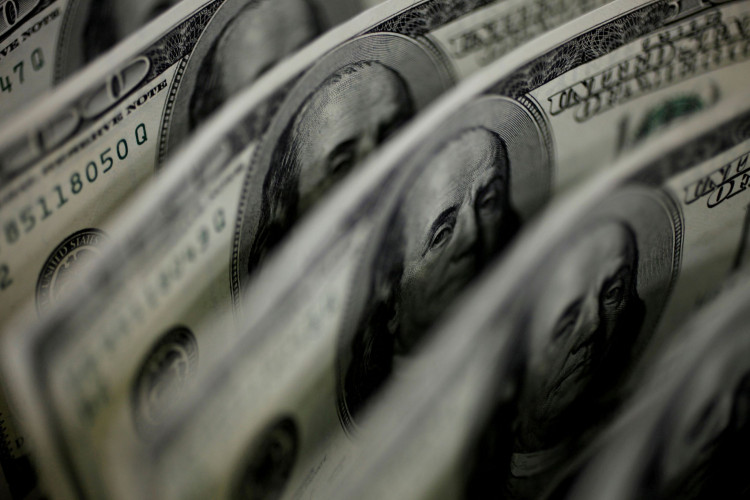The Federal Reserve's closely watched inflation gauge, the personal consumption expenditures (PCE) price index, remained elevated in March, indicating that price pressures are not easing as quickly as policymakers had hoped. The data, released by the Commerce Department on Friday, showed that the core PCE index, which excludes volatile food and energy prices, rose 2.8% from a year ago, the same pace as in February and above the Dow Jones consensus estimate of 2.7%.
Including food and energy, the all-items PCE price gauge increased 2.7%, compared to the 2.6% estimate. On a monthly basis, both measures increased 0.3%, as expected and equaling the increase from February. The persistently high inflation readings are likely to reinforce the Fed's reluctance to cut interest rates in the near term, despite slowing economic growth in the first quarter.
"Inflation reports released this morning were not as a hot as feared, but investors should not get overly anchored to the idea that inflation has been completely cured and the Fed will be cutting interest rates in the near-term," said George Mateyo, chief investment officer at Key Wealth. "The prospects of rate cuts remain, but they are not assured, and the Fed will likely need weakness in the labor market before they have the confidence to cut."
Despite the elevated price levels, consumers continued to spend in March, with personal spending rising 0.8% on the month, slightly higher than the 0.7% estimate and the same as February. Personal income increased 0.5%, in line with expectations and higher than the 0.3% increase the previous month. However, the personal saving rate fell to 3.2%, down 0.4 percentage points from February and 2 full percentage points from a year ago, as households dipped into savings to keep spending afloat.
The PCE report follows disappointing inflation news from Thursday, when the Commerce Department reported that PCE in the first quarter accelerated at a 3.4% annualized rate while gross domestic product increased just 1.6%, well below Wall Street expectations. The Fed targets 2% inflation, a level that core PCE has been above for the past three years, and watches the PCE index in particular because it adjusts for changes in consumer behavior and places less weight on housing costs than the more widely circulated consumer price index from the Labor Department.
Services prices increased 0.4% on the month while goods were up 0.1%, reflecting a swing back in consumer prices as goods inflation dominated since the early days of the Covid pandemic. Food prices showed a 0.1% decline on the month, while energy rose 1.2%. On a 12-month basis, services prices are up 4%, while goods have barely moved, increasing just 0.1%. Food is up 1.5%, and energy has gained 2.6%.
The chronically elevated measures of inflation have become a source of frustration for the Fed, whose policymakers had projected as recently as last month that they expected to cut their benchmark rate three times this year. Most economists expected the cuts to begin in June. More recently, though, several Fed officials, including Chair Jerome Powell, have signaled that they have no immediate plans to cut their key rate, a move that would eventually lead to lower rates for mortgages, auto loans, credit cards, and many business loans.
"Recent data have clearly not given us greater confidence" that inflation is coming fully under control, Powell said last week, and "instead indicate that it's likely to take longer than expected to achieve that confidence."
The still-elevated price levels also pose a challenge for the Biden administration, which has sought to claim credit for inflation's decline. The White House points to an unemployment rate that has remained below 4% for more than two years, the longest such stretch since the 1960s. However, prices for food, rent, gas, and other necessities are still roughly 20% to 30% higher than they were four years ago, which has soured many Americans on the economy.
Despite the continuing inflation pressures, robust growth in jobs and average wages has allowed many American consumers to continue spending at a healthy clip, supporting a still-durable economy. That helps explain why Fed officials have said they can afford to keep borrowing rates where they are for now. The economy did slow in the first three months of the year, the government reported Thursday, but consumers continued to fuel growth with their steady spending.
Many economists say they think the Fed may end up cutting its key rate only once or twice this year, perhaps beginning in September. Others say they think the central bank may not cut its benchmark rate at all in 2024. The Fed tends to favor the PCE index over the better-known consumer price index because the PCE index tries to account for changes in how people shop when inflation jumps and can capture, for example, when consumers switch from pricier national brands to cheaper store brands.






